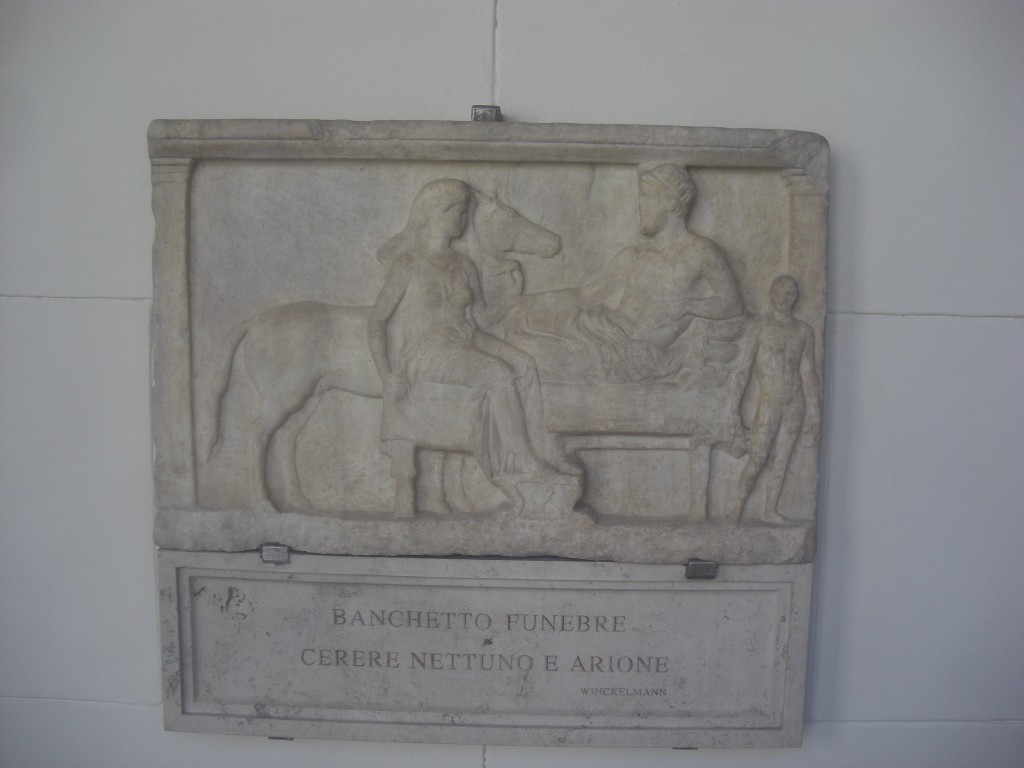Neptune
While heavily influenced by the Greek god Poseidon, Neptune held a distinct place in Roman religion. Originally associated with freshwater, his role gradually expanded to encompass the sea. This shift mirrored Rome’s growing maritime power and its increasing reliance on the Mediterranean Sea for trade and communication.

Residence: Sea
Symbols: Trident, horse, dolphin, bull
Parents: Saturn and Ops
Siblings: Ceres, Juno, Jupiter, Pluto, Vesta
Consort: Salacia
Children: Triton
Greek equivalent: Poseidon
Festivals: Neptunalia
Other Names: Neptune Equestris
The evolution of Neptune’s role from a freshwater deity to a god of the sea mirrored a significant shift in Roman history. Early Romans were primarily an agricultural society, so their focus on freshwater sources is understandable. However, as Rome’s power grew, it turned to the Mediterranean Sea for trade and communication. This growing maritime focus is reflected in Neptune’s expanding domain.

Interestingly, artistic depictions of Neptune in Roman art often showed him borrowing heavily from Poseidon’s imagery – a reminder of the Greek influence but also highlighting the adaptation of this deity to Rome’s specific needs.
Art



